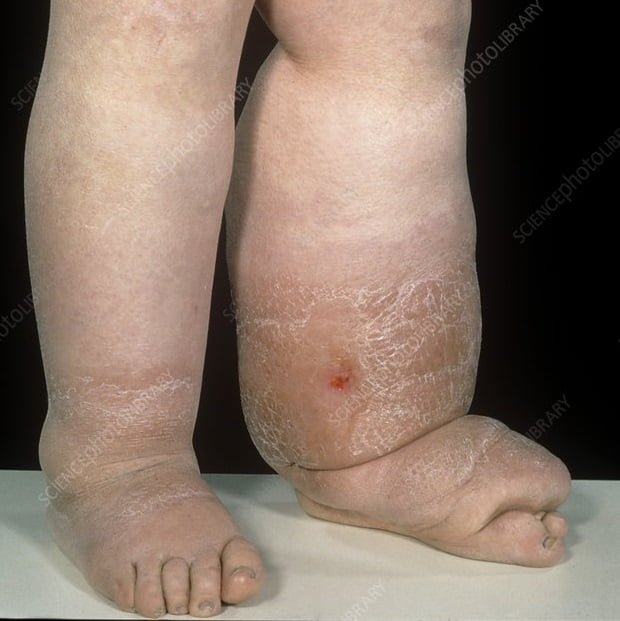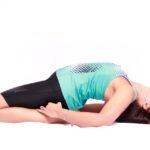Lymphedema or Lymphoedema is fluid accumulation in the soft tissues of the body as a result of lymphatic system blockage.
It can occur anywhere in the body but is most common in the legs. Treatment of lymphedema is aimed at treating the underlying cause and preventing complications. Physical therapy is an essential component of the management of lymphedema.
Lymphedema is divided into two types:
- Primary Lymphedema
- Secondary Lymphedema
Primary Lymphedema is due to abnormal lymphatic vasculature or lymphatic dysplasia. It can present in childhood, adolescence, or after the age of 35.
Secondary lymphedema occurs as a result of lymphatic obstruction due to a medical problem such as cancer, radiation therapy, and surgical excision.
Lymphedema can be very irritating and no effective medical treatment can cure it.
However, with appropriate physical therapy, the progression and complications of lymphedema can be reduced.

| You may also like to read: |
Self-Management and Physical Therapy for Lymphedema:
Since no treatment is available for lymphedema, it is advisable to follow the following steps to limit its progression and prevent its complications:
Keep Moving:
- Patients with lymphedema should keep moving because standing or walking for a longer duration can cause an accumulation of fluids in the legs.
- Walking enhances the movement of lymphatics and blood limiting fluid accumulation in the interstitial compartment.
Do not sit with crossed legs:
- While sitting, sit with both feet placed on the ground, and avoid sitting with crossed legs. Sitting crossed legs blocks the lymphatics and worsens the condition.

Take a break:
- While traveling for long distances, take frequent breaks and walk around. If the upper extremity is involved then support it via seatback.
Perform ankle pumping:
- Perform ankle pumping exercises frequently throughout the day. Keep the affected limbs elevated when immobile.
Avoid strenuous exercises:
- Avoid performing strenuous high-intensity exercises and repeated stress over the involved limb.
- Monitor the weights used in exercise and gradually increase the number of weights. Observe the feelings of heaviness or pain in the limbs while exercising.
- Perform heavyweight activities such as carrying a shoulder bag over the unaffected extremity.
Wear Compression Garments:
- It is suggested to wear compression garments over the involved extremity during exercise to reduce the effect of the disease.
- Patients should wear clothing or jewelry that leaves no marks on the patient’s skin after removal.
Maintain a Healthy Diet:
- Maintain a healthy diet to control weight and reduce intake of Sodium.
Maintain good Hygiene:
- Keep the skin cleaned regularly, use moisturizers, and avoid fragranced lotion.
Seek immediate medical care:
- If you have any skin tear, lesion, insect bites, burn, or blister, don’t wait for it to heal by themselves. Seek medical care immediately.
- If you develop inflammation or infection of the affected area, or the skin over the affected area is red, warm, indurated, thickened, or become painful, seek medical care immediately.
- A new onset of swelling or a rash that does not disappear within a few days should also prompt you to seek medical assistance.
Wear protective shoes and gloves:
- Keep your hands and feet completely protected, in extreme cold keep wearing socks, properly fitting shoes, gloves, etc.
- While having contact with strong chemicals, it’s necessary to wear gloves to keep hands fully protected.
Avoid hot baths:
- Avoid hot baths and saunas that keep the body temperature elevated.
In Summary:
Lymphedema is a chronic condition that can only be prevented from progression by self-management and physical therapy.
Physical therapy for lymphedema, not only prevents the progression of the disease but also the complications of the disease.
| You may also like to read: |



